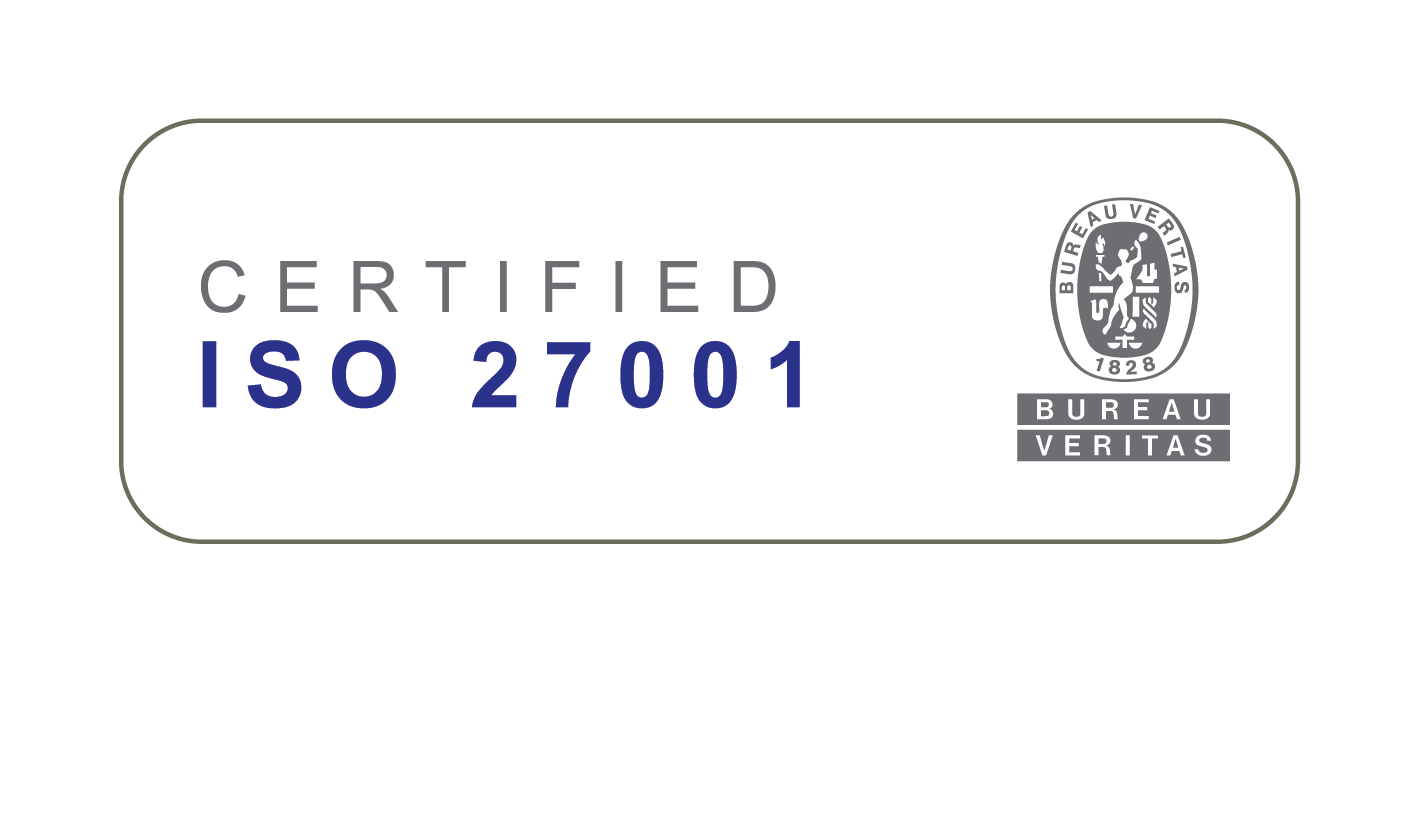Thesis ERP Pipeline Construction Management
Monitors, records, manages a number of parameters and details of each related project, ensuring the necessary top quality of each task or result
The application consists of a total of 2 subsystems: The Pipeline Construction Management subsystem and the Explorer subsystem (which contains all the prints that have already been built and those that will be built in the future).
The Pipeline Construction Management subsystem covers the stages of Stringing, Bending, Welding, NDT Requests, Test reports, Coating Reports and Holiday reports, Lowering In, Location of Welds, Cathodic Protections, Backfilling Reports, Trenching reports, hydraulic tests, Anchor Flanges, recording Interface welding, i.e. weldings between materials of different applications (usually Line and Station in the cases of unions of pipelines with substations).
Once the relevant project has been defined there are some very basic data on the project, including its description, the customer associated with the project and the project owner, etc., that must also be entered. Examples: a) basic areas where the project is performed; b) warehouses of the project/site where materials are stored; c) list of K points, etc.
Based on the K points a lot of calculations are performed. They are linked to the entire project based on the sequential numbering. This means that during the course of the project the code of the K point or its description can change, even the progressive distance.
The way checks will be performed on weldings is entered. NDT Group is stated, the Application to which we refer, the type of the check and the extent of the checks. Another important part of the plan is Progressive Sampling. If we check Progressive Sampling for a plan and a welding that was given for check under this plan is found defective, then at the next creation of an NDT Request the previous ones concerning the defective welding will also be proposed for check along with the number of weldings reported in the field Number of additional samples per cycle. The procedure will be repeated as many times as are mentioned in Max no of cycles, before suggesting all weldings for retesting.
Similarly, the particulars of those who perform the insulation of welded pipes, and the particulars of welders are entered (optionally) used in the printing of the Welder Statistics report. Also, for each welder data can be entered for the weldings performed (type of material, diameter and thickness of pipe, etc).
The application monitors the WPS to be used in the project, the Weld Types and Processes corresponding to each WPS, the prescribed types of welding are selected for the project and the various Reviews made during the project are identified to have a point of quick reference to them. Similarly the minimum number of weldings is defined that must exist per Test Request to be printed and inform the person doing the test, information on the equipment used in Holiday Reports, the Inspection Test Plans, the titles of reports and descriptions ( with Revision Numbers) as in all projects the numbering of titles must be kept (e.g. 1. Trenching Report, 2. Backfilling Report, 3. Material Reception Report, 4. Pipe Reception Report, 5. Cold Bending Report, 6. Horizontal Boring Report, 7. Field Welds Coating Report, 8. Holiday Detection Report, 9. Lowering In Report, 10. Pipe and Weld Log Form)
The system ensures the necessary correlation between K Points and Sites, in order to allow the application of Inspection test plan rules per site. From welding we can find the K Point at which the welding is and from this table we can find out the site where the K Point and, therefore, the welding is located.
Pipeline management has a specific order followed for procedures. The application records full data and ensures the comprehensive management of these procedures. The Application Casing has the following procedures: Boring & Stringing Welding, Cut Welds, Rename Log, Inactive Welds, Test Requests, Test Reports, Coating Requests & Reports, Holiday reports, Location of Welds.
The application also features an import manager which imports materials in the warehouse, imports or corrects K Points, enters Survey Data, etc.
Lastly, the parametric tables define the Processes that can be included in the Inspection Test Plans, the Tests that can be included in the Inspection Test Plan, and Test Requests & Reports, the categories of materials, Material Product Types, Material Specs, Material Grades, Class Locations, Piping Classes, Weld Processes, Coating, Boring Types, etc.
Lastly, the Explorer subsystem contains all prints of the application. These include: Complete Items for Welding, Pipe & Weld Form, Update Weld Results, Create Coating Request, Create NDT Request, Weld Sequence Control, Waste Length Factor, Coating Adhesion Tests, Pipe & Weld Log Book, Pipe Parts at Production, Repairs to be done, Reshoots to be done, Materials Report, Stringing – Bending & Welding Statistics, Welders’ – Welding Summary & Defects Statistics etc.






